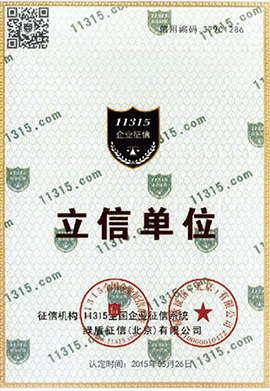Tractor-Powered Maize Harvesting Solutions for Efficient Crop Management
The Role of Tractors in Maize Harvesting A Modern Agricultural Perspective
Maize, commonly known as corn, is one of the most important staple crops across the globe, serving as a crucial source of food, animal feed, and raw materials for various industries. As the demands for maize production continue to rise, modern agricultural practices have increasingly adopted mechanization to improve efficiency. Among the most significant advances in this field is the integration of tractors and specialized maize harvesters. The combination of these machines has revolutionized how farmers approach maize harvesting, making the process faster, more efficient, and less labor-intensive.
The Evolution of Maize Harvesting
Traditionally, maize harvesting was a labor-intensive process that involved manual labor. Farmers would hand-pick the cobs, a task that is not only time-consuming but also physically demanding. However, with the advent of technology, the farming landscape began to change. Tractors, equipped with various implements, emerged as powerful tools that significantly increased the speed and efficiency of maize harvesting.
The transition from manual to mechanized harvesting began in the early 20th century, but it was during the latter half of the century that tractors and harvesters became widespread. The introduction of combine harvesters, for instance, allowed farmers to cut, thresh, and gather maize in a single pass, fundamentally transforming agricultural practices.
The Mechanization of Maize Harvesting Benefits
1. Increased Efficiency One of the most significant advantages of using tractors and maize harvesters is the increased rate of harvesting. With these machines, farmers can cover large fields in a fraction of the time it would take using manual labor. This efficiency is especially critical during the harvest season when timing is crucial to ensure optimal yield and quality.
2. Reduced Labor Costs Mechanization reduces the need for large labor forces. Farmers can operate harvesters and tractors with fewer personnel, thereby lowering labor costs and minimizing the challenges associated with hiring seasonal workers.
3. Better Crop Management Modern tractors and maize harvesters often come equipped with advanced technology that helps in better crop management. GPS and precision farming technologies allow farmers to monitor field conditions, optimize planting patterns, and improve harvest timing. This not only boosts productivity but also enhances the overall quality of the maize harvested.
4. Minimized Crop Damage Using machinery designed for harvesting reduces the risk of damage to crops compared to manual harvesting. Efficient harvesting techniques minimize losses due to falling or bruising, allowing farmers to retain more of their yield.
The Mechanism of Tractors and Maize Harvesters
tractor maize harvester

The tractor serves as the powerhouse behind the maize harvesting process. Equipped with a robust engine, it can pull various attachments including specialized maize harvesters. These harvesters come in different designs, but they primarily consist of
- Cutter Bars These are designed to efficiently cut through the maize stalks, ensuring a clean harvest without damaging the plant.
- Gathering Chains These chains drag the cut maize cobs into the machine where further processing occurs.
- Threshing Mechanisms Once the cobs are inside the harvester, they undergo threshing – the process of separating the grain from the cob and husk.
- Grain Tanks The separated maize grains are collected in onboard tanks, allowing for continuous harvesting without the need for frequent stopping.
Future Trends in Maize Harvesting
As agricultural technology continues to evolve, the future of maize harvesting looks promising. Innovations such as autonomous tractors and harvesters, artificial intelligence, and enhanced data analytics are likely to shape the next generation of machinery. Farmers will have access to tools that not only increase efficiency but also help in sustainable practices, contributing to environmental conservation.
Moreover, developments in bioengineering could lead to the cultivation of maize varieties that are more resilient to climate change and diseases, further improving the agricultural landscape. As these changes take root, the role of tractors and maize harvesters will remain pivotal in ensuring food security and enhancing agricultural productivity worldwide.
Conclusion
In conclusion, the integration of tractors in maize harvesting represents a significant leap towards modern agricultural practices. The advantages of increased efficiency, reduced labor costs, better crop management, and minimized crop damage have made mechanization an essential part of the farming landscape. As technology advances, the future of maize harvesting holds even more promise, paving the way for a more efficient, sustainable, and productive agricultural sector. By embracing these modern practices, farmers can ensure that they meet the growing demands for maize while also contributing to a resilient food system.
Latest news
-
When to Upgrade Your Old Forage HarvesterNewsJun.05,2025
-
One Forage Harvester for All Your NeedsNewsJun.05,2025
-
Mastering the Grass Reaper MachineNewsJun.05,2025
-
How Small Farms Make Full Use of Wheat ReaperNewsJun.05,2025
-
Harvesting Wheat the Easy Way: Use a Mini Tractor ReaperNewsJun.05,2025
-
Growing Demand for the Mini Tractor Reaper in AsiaNewsJun.05,2025







